home
posts --
self genealogy
recently, i’ve been thinking about the construction of my current self. how the present me came to exist, in addition to their relations to the versions of myself that came before. part of this felt relational to a kind of genealogical destination of selfhood. that i exist as something passed down and spawned from a legacy of former selves, each with their own quirks, traits and struggles. alongside this i’ve recently been confronting questions around fertility and around my own placement in a genealogy. i wonder if i’ve been constantly birthing myself anew, each cycle producing another form of self-hood and representing another confrontation with desire.
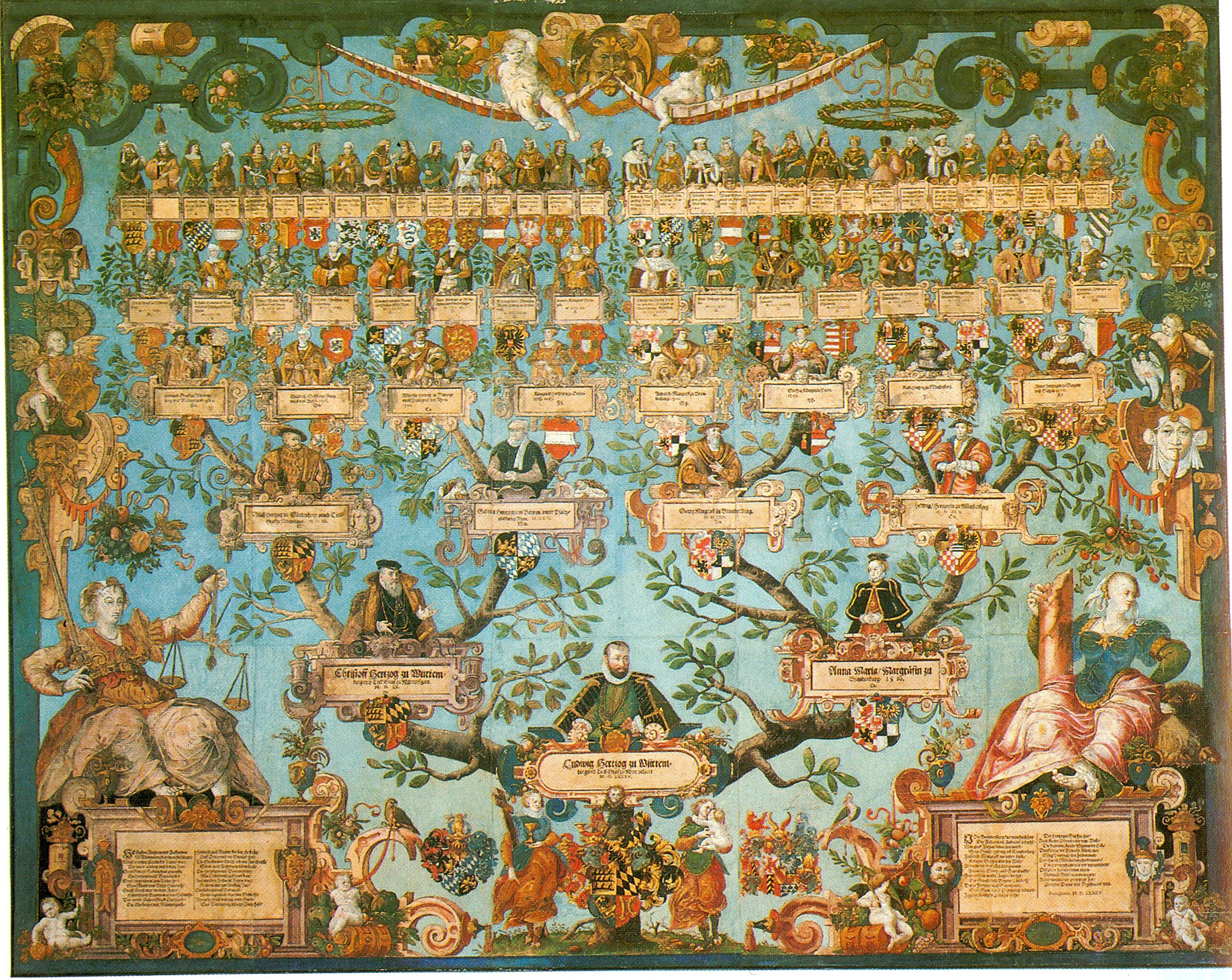
the family free of Louis III, Duke of Württemberg (thank you wikipedia)
Deleuze and Guatari posit an idea of schizoid behaviour (splitting) as a confrontation with unfiltered desire, then maybe this desire plays into the cycle. to revert to freudian analysis, the desire for the mother can play into self birth. reconceptualising the parental dynamic internally, we recast ourselves as both parents, the father and (the object of envy) and the mother (the object of desire). so through the envy of my former self - the idealised vision of a past away from current stresses - and the desire for the mother (self-actualisation), a new self is born, one that inherits the traits of the nostalgic self and the current self.
framing this personally and using transness as an easy view through which to understand this, i’m going to introduce four of my former selves Drew, Andrew, Drew 2 and Dee. Drew was the name i mostly went by prior to transition, he was sweet and silly, pretty childish but is an avatar i associate with being fairly joyful and carefree, he came prior to Andrew. Andrew was my full legal name growing up, however, only really became something i went by as a teenager. he was colder and more emotionally closed off, but also confident and professional, driven by the idea that if he worked hard enough and gave as much of himself as possible, he could achieve whatever he set his mind to.
at a later point, i returned to Drew a second time (Drew 2 from here on). they were kind of a middle point between Drew and Andrew, both funny and confident but also lost in their anger at institutional structures and the their newly marginalised status as a trans person. and then you have Dee. Dee was soft and a bit childlike. desperate to fit in and settle within her gender, she was fairly conformist, while being completely burned out from employment rejections and emotional baggage from childhood. obviously these explanations are simplified and it’s hard to narrow a few defining traits that overlap years of change and development but for the purpose of this explanation, these will do.
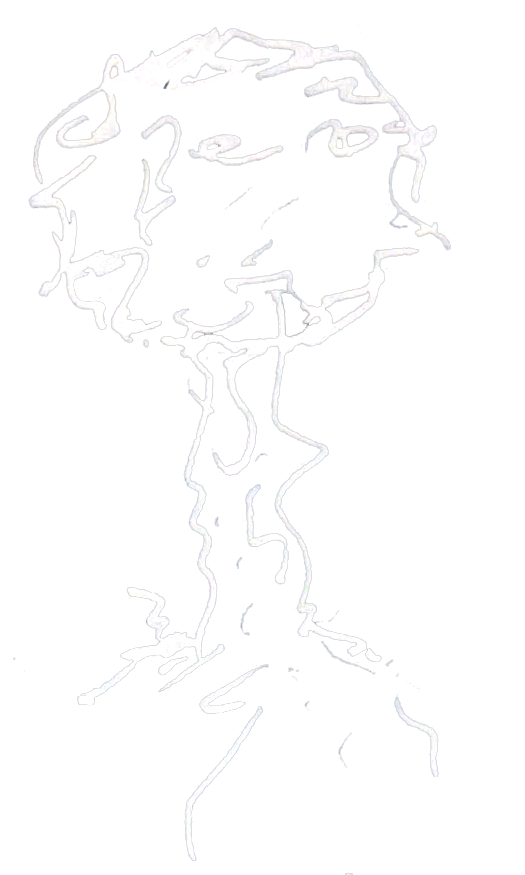
just a tree
so to start with we can use a freudian understanding of the oedipal relationship to understand the movement from Drew to Andrew. i moved from a childhood self into a the pursuit of adulthood that characterises an ideation of the father. something more professional and driven, born from a desire for adulthood fairly typical of most teenagers. but then the movement from Andrew to Drew 2 is a little different. this follows something closer to a envy for Drew’s childlike playfulness and reintegrated that was aspects of Andrew’s confidence and drive (even if somewhat dampened by their own frustration and anger at systemic problems). but then we move to the movement between Drew 2 to Dee and see a slightly different dynamic. there is an envy for Drew’s (1) childishness that see’s a regression to a self that, while more emotionally available in some ways, was more malleability and conformist and that lost the confidence and fire of Andrew and Drew 2.
birthchart.png
this brings us to Kat (hi!), the current avatar of self (in this simplified analogy). born from a desire for Andrew’s confidence and drive, mixed with some of Dee’s capacity for emotional vulnerability and processing her feelings, she fits firmly in relation to these two selves.
from here i began thinking about to what extent these former selves still live, spiritually but also emotionally. do they die in the process of self birth? are they constructs that are always present and can become emotionally resonant when re-emerging through this dynamic? is there something within this that can explain the hold nostalgia can have on us? and can we artificially manufacture this process with an awareness of it?
i’d don’t have a great deal of confidence in the stability of this theory of self, but it opens up some interesting questions. it makes me wonderful who Andrew would be now without this process. what choices he would have made differently and, if we could communicate, what we would say about his relation to myself as an alternate self, birthed as a product of an idealisation of his identity.
i want to explore this a little more in the future, maybe in something more artistic. maybe looking into the type of work he would have made (if he also followed on to be an artist). or even his politics, had he followed the path laid out by my upbringing, and became an RAF pilot. a career that i have a host of moral issues with and find hard to stomach as an alternative path i almost went down. but thats something to talk about another time, with my only commentary on it being: i grew up on military bases and was sent to a military school, it was hard to avoid the propaganda of it all entirely, however, i made my choice not to and became staunchly pro-disarmament and anti-military.
maybe we are all mothers to the selves that will come after us. nurturing who we will become next and what aspects they will carry forward. maybe through dynamics of self parenthood, we can explore a more compassionate relationship to change and moving forward. one not fostered in admonishment for what we lack but in the breaking of generational patterns and giving the future versions of ourselves more leeway to disengage from the baggage of our pasts.
23.11.2025 - self genealogy
topping from the lap -- 16/11/2025sex, games and transexualism
(disclaimer: i use the term ‘transexualism’ as, to me, it describes the radical and jagged edges of gender, that incapsulates its political and revolutionary potential. for me, ‘transgender’ feels too comfortable, too malleable and too marketable as a term built in response to transness entering public discourse. i am non-binary and my use of this term is not a commentary on anyones identity or others use of the word ‘transgender’)
there is something magical about the game Hardcoded. it’s an indie game by Ghosthug games about fucking trans people, among other things. i first came across it in a Rock Paper Shotgun article, where the amazing Astrid Johnson, wrote a piece exploring trans sex in video games.
you play as HC (an abbreviation of Hardcoded), a trans android on the run from the authorities, who is taken in by a small community of non-android trans femme’s representing different archetypes. around the same time, there is a city wide outbreak of horniness that sets the pretext for why everyone is interested in fucking you in particular.
the structure is episodic with each day giving you a choice of scenes to play through, normally (but not always), including a sex scene or an introduction to another potential sexual partner. in between these scenes you can roam a small city, meeting people, finding casual encounters and customising your outfits and apartment.
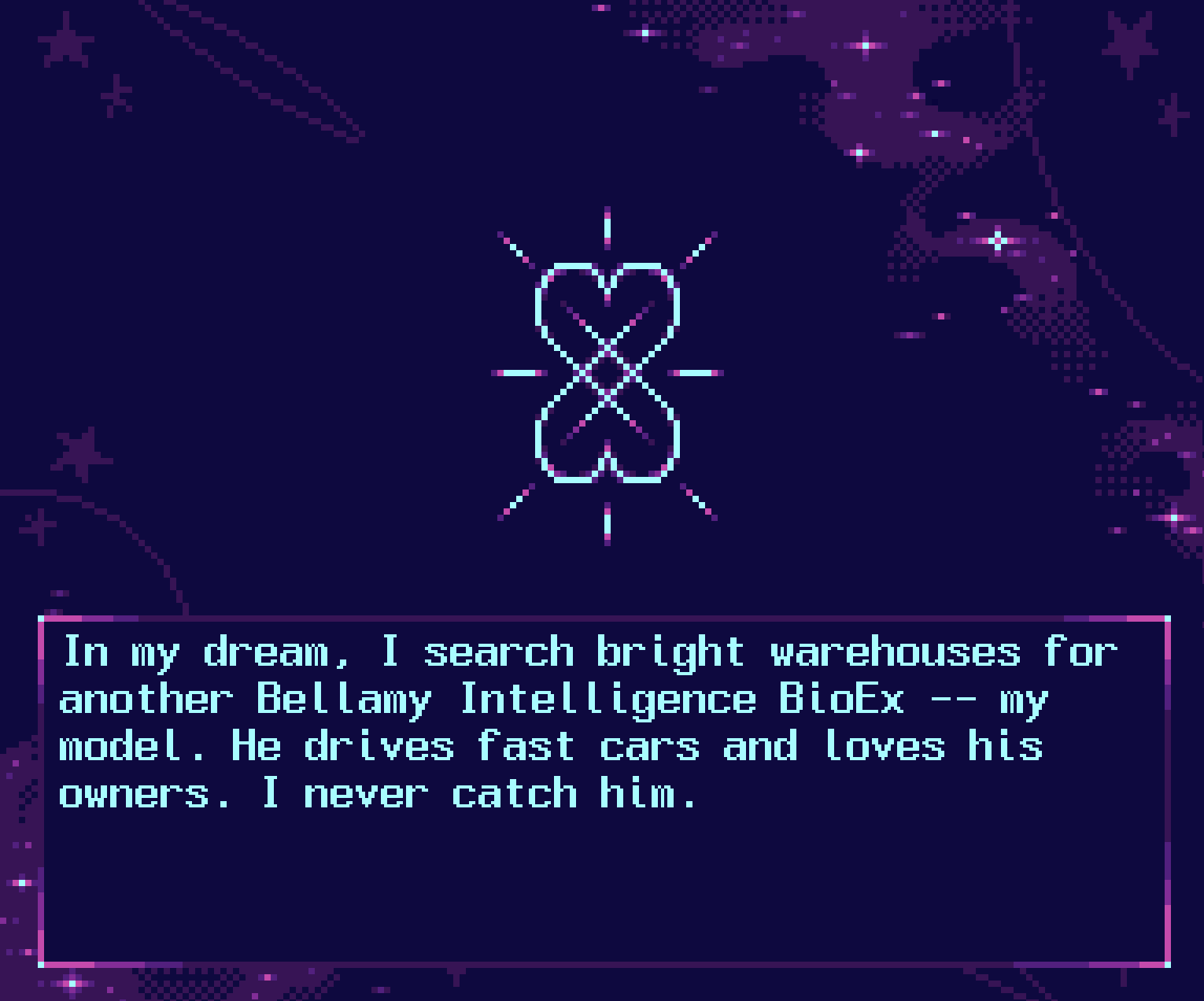
each in-game night, you dream
it’s relatively standard fair for the genre, all be it with 90% of the characters being trans (or generally beyond gender binaries), however, its made me cry almost as many times as i’ve gotten off to it. the writings good but i don’t think its solely the writing that’s responsible. something about the combination of trans sex, melancholy and empathy, give it a particular beauty that opens me up.
describing from memory (potentially inaccurately, but intentionally so, as this has lived with me for years now), in one scene you go back to a characters apartment (a cis woman) after being at a convention. you go for a shower and begin making out, but instead of something sexual, you wash each other, interacting tenderly and with a sweetness offset by your characters thoughts about the differences between your two bodies. the way in which her feet are smaller than yours, the texture of your skin. she doesn’t seem to notice, instead looking at you with affection and comfort, seemingly just enjoying being close to you. the first time i saw it, it left me sobbing and naked but without being able to fully articulate why. thinking on it since, it mirrored an interaction i was all too familiar with. the feeling that i’ve had to get over regularly since coming out. of having sex with cis women and finding myself fixated on the ways in which my body didn’t conform or match theirs and scared that they would only be seeing that too.
people don’t often describe the feeling of difference that can crop up during sex when your body is atypical from what is considered conventional. how it locks you out of the experience and can limit your pleasure. left over considering, its hard to really totally give yourself over to the experience, without just focusing on the other persons. the “if they are having fun then i must be”, etc. it’s why i have such a love for Mira Bellwether’s “Fucking Trans Women”, a zine that explains (in detail) how best to go about pleasuring a trans woman. written both for trans women and for our sexual partners. it gives a casual language to trans sex that can help bridge that gap. getting people to think about and navigate their own pleasure, without just falling into fawning.
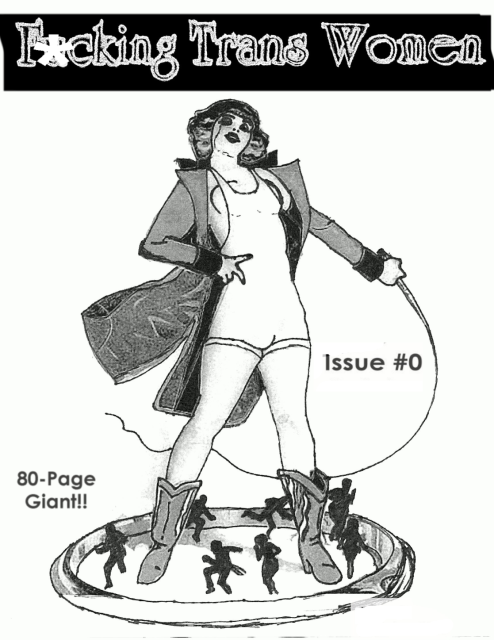
peak aesthetics
don’t get me wrong, liberation won’t come from solely from depictions of trans sex, but something gets lost when we take that away. while we are capable of more, sex leaves us vulnerable but honest. allowed to cum, our pleasure is allowed to be taken seriously and, in addition, our humanity. it allows us to be voiced outside of the sanitised expectations of a culture that would rather we were sexless, harmless and inert. something that is useful when arguing why we should be given sympathy, but lacking in engaging with a truer sense of empathy.
my favourite piece of trans feminist writing is Julia Serano’s Love Rant. it’s short, but punchy and epitomises the honest, radical and political edge of transsexualism, that made me feel comfortable to embrace the rougher edges of my self. it talks about depression, anger, love, joy and penis’ and acts as a rallying cry for the types of dialogues we should be having. with ourselves, but also with others. please go read it.

love rant
in lack of much of a conclusion, i guess i want to generally rally for more open conversations around trans sex. or just sex in general. and more media brave enough to depict it. i’m bored of seeing these very marketable and ‘family friendly’ takes on trans identity. yes “trans joy is resistance” but only when properly contextualised with everything else. my joy matters because its happening around an understanding of how brutal it can be to wake up nearly everyday to news stories about how dangerous and threatening you are. how that can warp your sense of self. how it can damage your understanding of yourself. that joy becomes radical because its a sign that, despite how i can fear my own body, when given the space and acceptance of those closest to me, i stop feeling dangerous and scary. i feel joy.
16.11.2025 - topping from the lap - sex, games and transexualism
politics / friction / trans identity -- 18/09/2025I’ve taken a pause in recent years from discussing or really commenting on my transness on public platforms, mostly from an exhaustion with the ways in which its dominated my adult life, but also because I’ve not really known what to say or how to comment on things. Reading Shon Faye’s recent eulogy for the “trans rights” movement, I feel compelled to say something. The movement is dead, however, it never held the capacity for progress in the first place.
My day job, outside of art making, is in a trans healthcare. We regularly see some of the worst affects of news cycles like this, young trans people, either coming to adulthood or just making steps to coming out, facing an overwhelming terror at the future thats currently ahead of them.
When I first came out in the mid 2010’s, the job market for working class trans people was dire. I spent most of my adult life struggling to get employment at supermarkets and clothes stores, let alone in anything that paid a stable wage and allowed me some fulfilment. Towards the late 2010’s this changed with the increased visibility of trans people in public debate pushing companies to up diversity in an attempt to cash in and market themselves as morally virtuous.
As any trans person can tell you, these jobs have and always are precarious. Often they are underpaid but come with an expectation to not just carry out your employment but also participate in educating and advocating for your own equality in the workplace. They mostly don’t come with opportunities for economic advancement and often lead to burn out, depression and before long, another round of unemployment/ job hunting. It was the rhythm of my 20’s.
Alongside this the art market is particularly fickle. You either get lucky (like in some ways I did) and find a group structure to work (hide) inside of, or your work comes with a pressure to commodify your transness. Again this is precarious, however, like with other aspects of employment, also a necessity.
Recently, this has felt less necessary, with the capacity to split my practice from personal aspects of my identity feeling like something thats still commercially viable. It’s easier to get artistic employment that doesn’t relate to or rely on my identity being at its forefront.
Reading Wendy Carlos’ talking about how much of her professional life was plagued by this (interviews focusing solely on her gender rather than her work), I’ve feel particularly privileged and thankful for how this has eased up recently. Ironically, it’s allowed me to engage in my gender far more internally and authentically than I have in the past.
However, all of this is precarious and I fear the last year of escalating transphobic legislation and politics have shown the limits of systemic recognition. Our rights and freedoms are on the decline, with dominant cultural trends having commodified parts of our culture to sell back at us, stripped down and without our involvement. The recognisable parts of our otherness, stripped away to make it more palatable to a cis audience, echoing the erasure of trans people from electronic music, a trend thats been happening cyclically ever since it’s invention.
Systemic capital is good at digesting otherness and filtering out the parts that challenge its politics of a frictionless system. In this, transness, as a philosophy of self identity that is directly othered from dominant societal norms, has always proposed a difficulty. It’s a form of identity that directly challenges structural legibility and contains an inherent friction that must be overcome to both acknowledge it or exist within in.
While markets have tried to assimilate transness, there is a core part that both cannot be removed, and cannot be digested. While this is why we make such valuable targets for exclusion, it’s also why we persist. Our identities have had to consistently occupy a space of opposition to societal norms.
This gives me some hope among things getting harder. Despite movements towards nostalgia and frictionless consumption (identified deftly under studies of Hauntology), otherness persists, all be it in sparse places. As a culture we’ve existed outside of legal, cultural and social lines of legibility and will continue to do so.
Though maybe the breathing room of the last few years has allowed us to further establish our own support networks and survival strategies, leaving us somewhat less isolated. Additionally, more people are publicly out than ever before. More people have to encounter us in everyday life. They have to acknowledge and confront (on some level) what we represent. That the unknowable/ illegible exists in the mundane, but more importantly, that they are also illegible to themselves. That friction is common in any network, regardless of the comfort provided by the known. Worse yet, that the unknowable is alluring.
In writing this, I wish to provide a change of outlook on the current despair present in the community. Not to say it isn’t valid. Things are scary and sad and overwhelming. But maybe this was inevitable when banking on recognition. I stand hopeful, though it’s a struggle at times, that we can building something out of that incompatibility, just as we have before.
18.09.2025 - politics / friction / trans identity
postcards and choreography -- 21/01/2025a reintroduction to my world the past few years has been the postcard. i don’t particularly remember receiving many as a kid but i do remember sending them whenever we moved (and we moved a lot!), normally to mark the move and make a gesture at staying in touch that would invariably never last. it wasn’t until receiving my first postcard in over a decade, from my partner agnes, that i began to re-engage with this form of short letter writing. we’ve been trading them back and forth for over a year now, its been nice.
postcards are mostly very private things, two sides, one for display and the other for a private message, normally an expression of missing someone, or a recounting of a holiday etc. one for public, one for private. each one feels very special and tender.
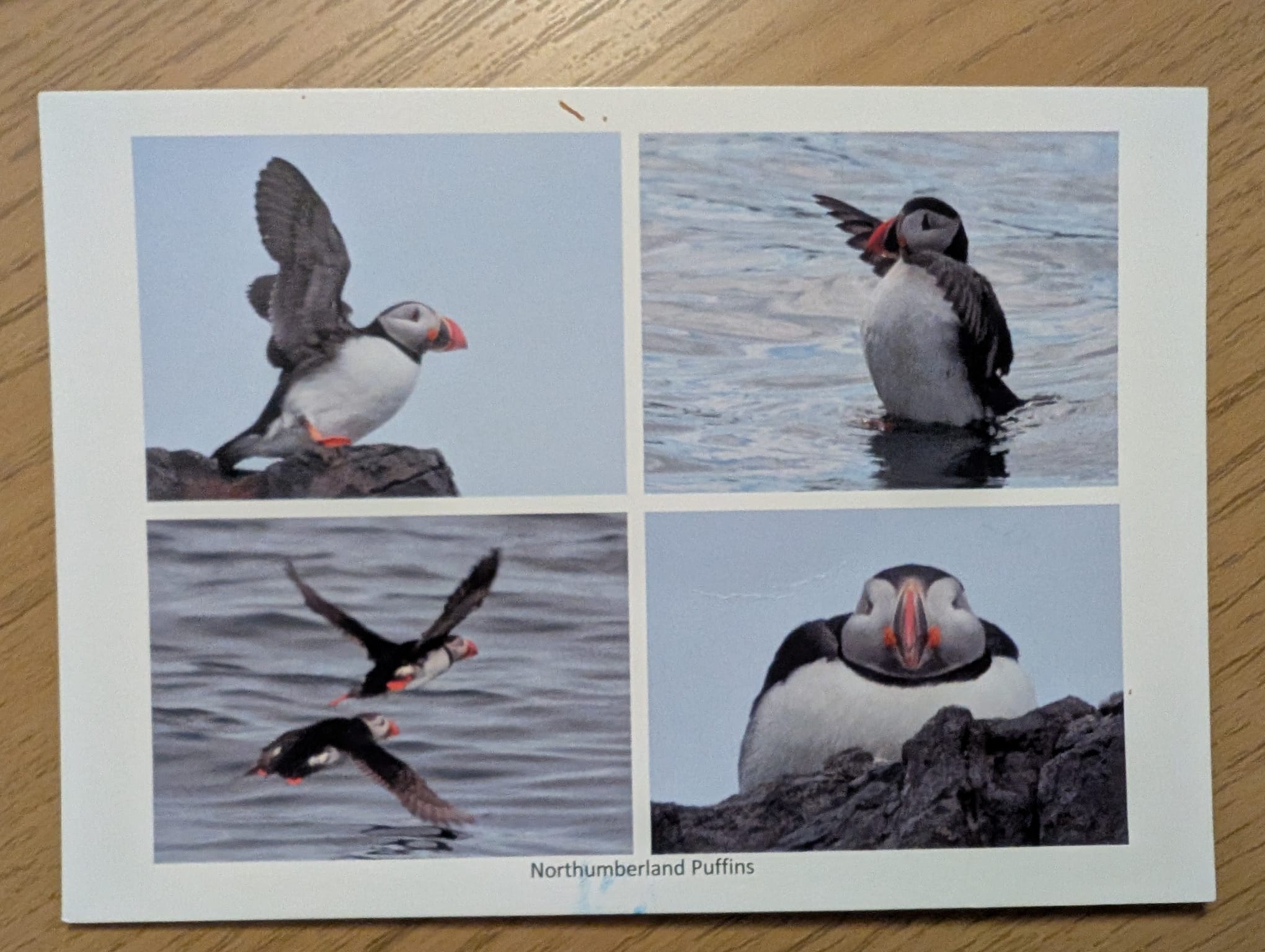
a recent postcard
when i began writing my first one, it reminded me of my university years of attempting fluxus scores. i was enamoured with them, their creativity within simplicity. each one a personal and gentle view into a world the artist was building. i thought they were beautiful in their poetry-meets-score approach.
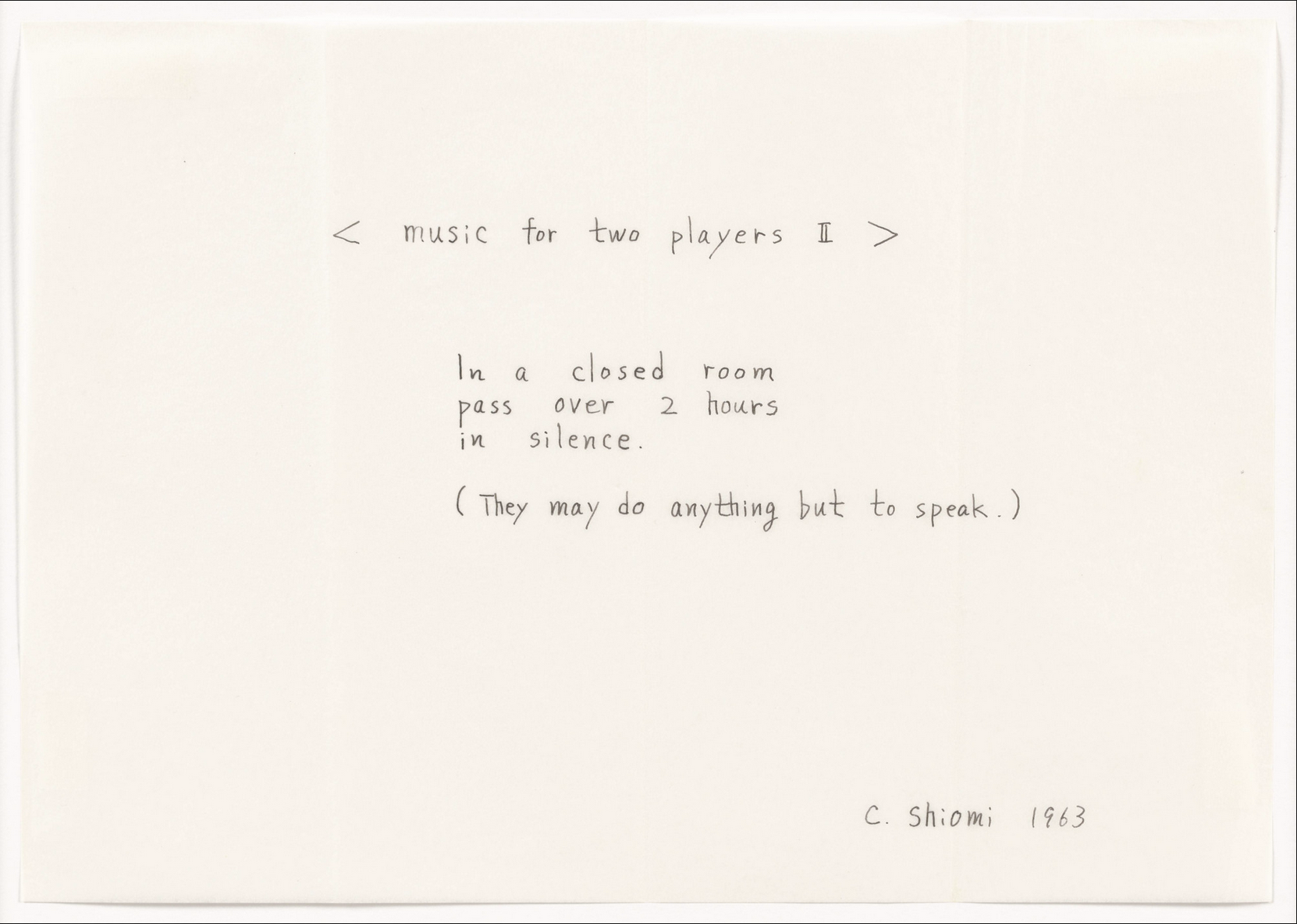
music for two players ii, c. shiomi (1963)
while researching and re-engaging with this method of poetic scoring, i stumble across the work of remy charlip, a children’s illustrator and member of the merce cunningham dance company. as the story goes, while traveling charlip was commissioned to choreograph a work for friend and in doing so came up with his air mail dances. choreographic scores contained in letters and postcards.
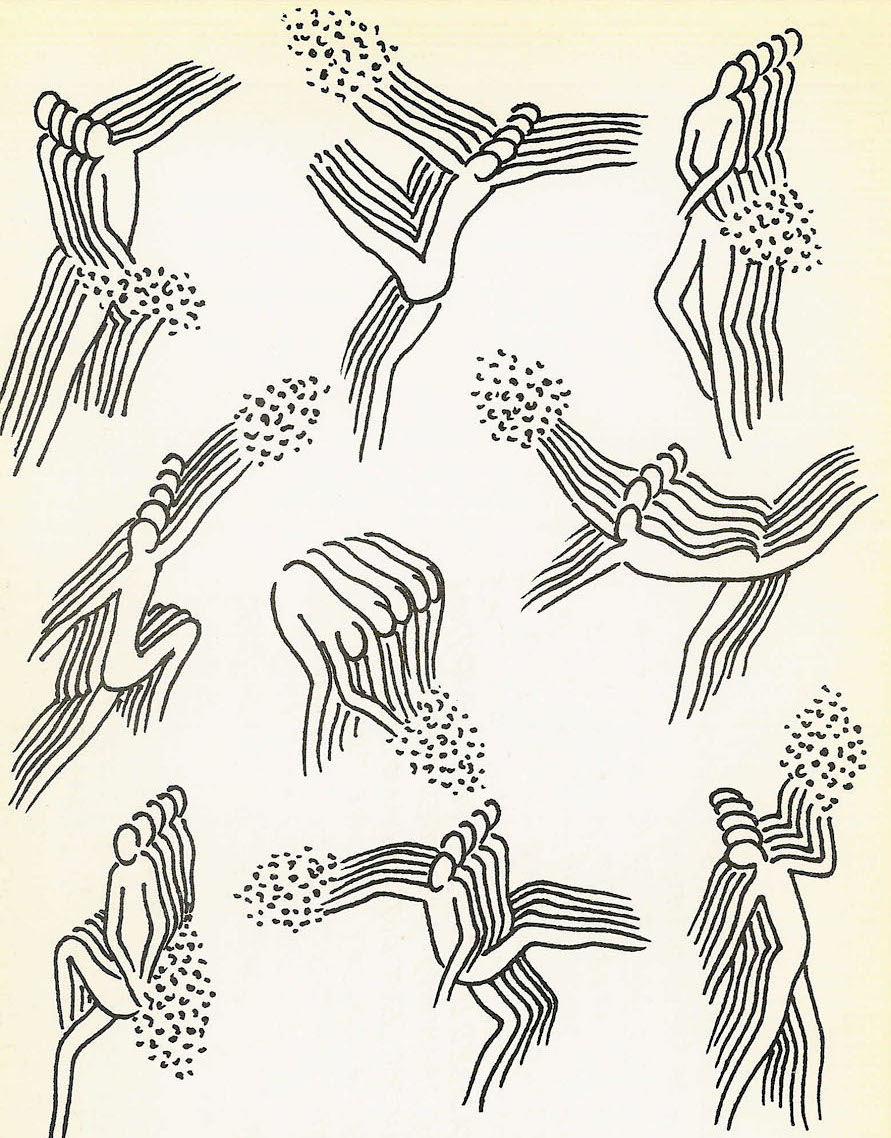
air mail dances
i adore them. they’re cute, funny and genuinely meaningful, bringing playfulness and expression to a medium most people see as self-serious and exclusionary. they felt akin to the silliness and absurdity of oskar schlemmer’s choreography, but with a personal and tender touch of being encapsulated in a private and tender message to a friend.
i’ve worked in dance and with dance companies for quite a few years now, all be it within a narrow framework of contemporary modern dance with chinese and european/ north american influences. but i have choreographed before (as my colleagues never fail to remind me, despite my protests) during several performance works i made between 2017-2019. it was very basic, normally just a list of actions to run through during a work, but apparently enough to qualify in the eyes of those in my dance company.
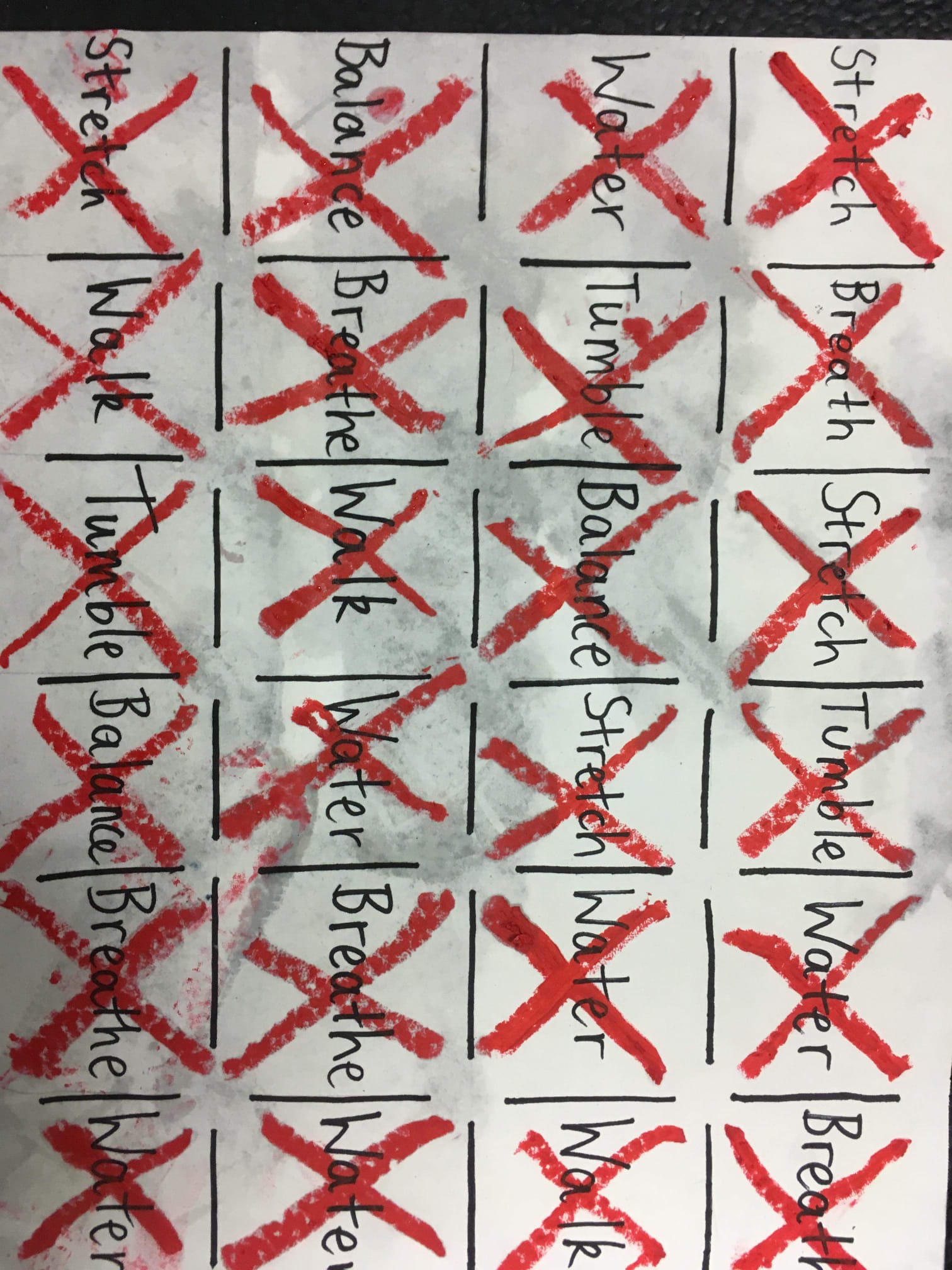
score from She / They / Him (2018)
i’d been reattempting choreography for a while but upon seeing charlip’s work, i realised i had been attempting something far too self-serious and dramatic and was bounding myself in preconceptions and technical documentation. so i began something more similar. something that accentuated the way i wanted to play with silhouette.
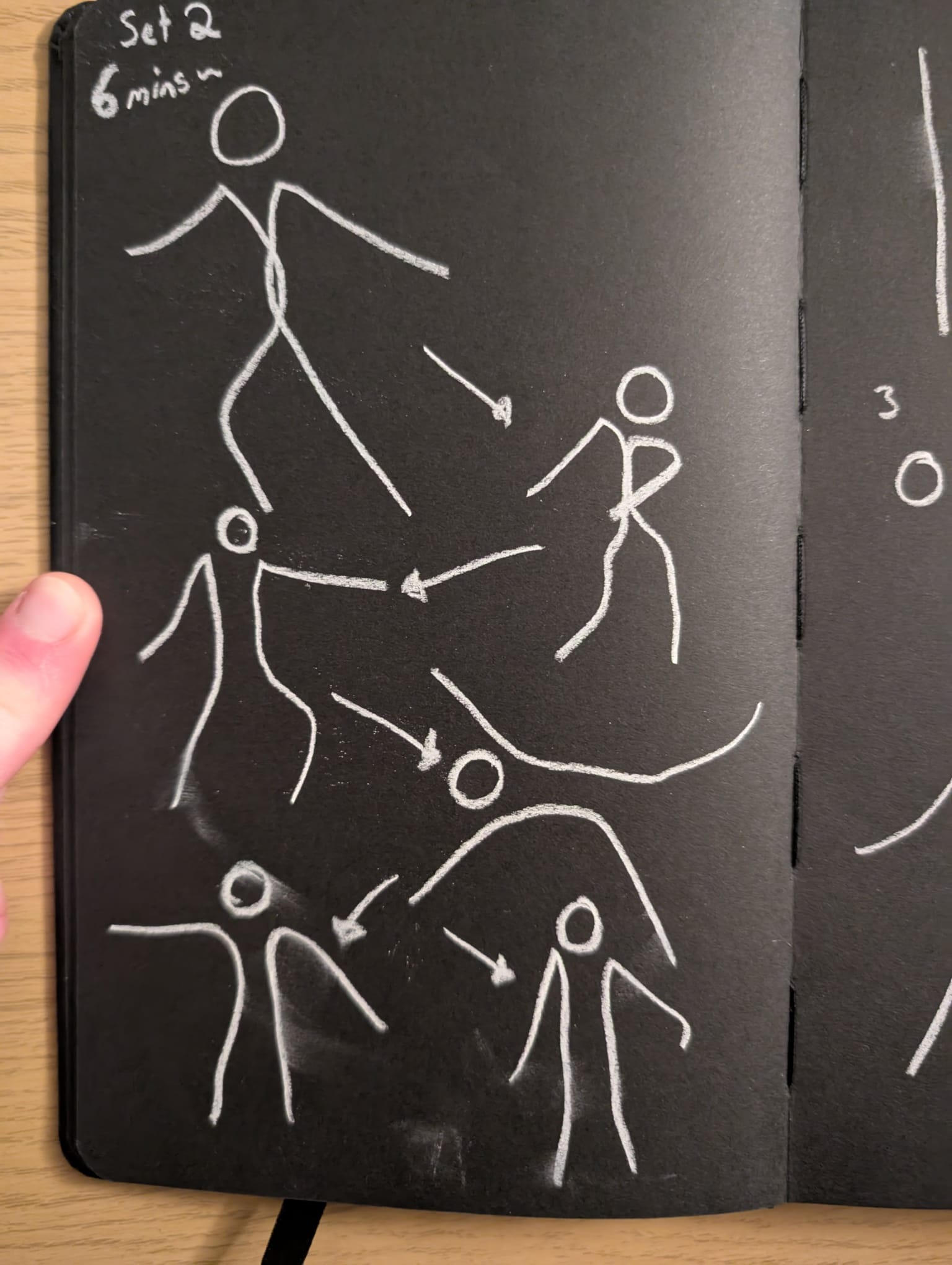
set 2
it’s not done yet (far from it) and so far, bares way too many of the hallmarks of it’s inspiration but i like its simplicity. each movement contains a only 3 elements, two lines to represent the silhouette, as respective to the audience and one circle to represent the head, and provide a reference point for the silhouette to be interpreted from.
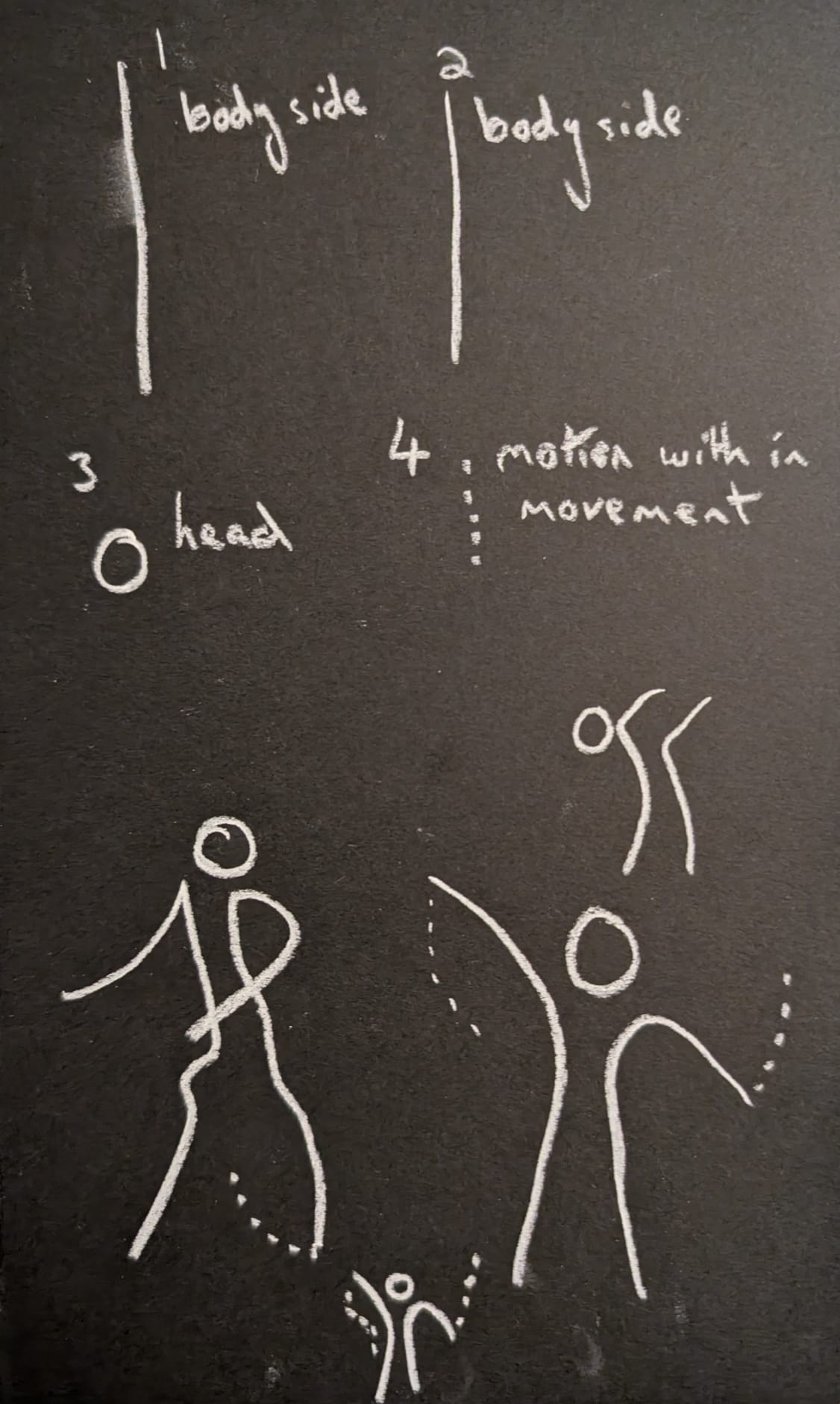
(i'm experimenting with a 4th element to represent motion contained within a movement to break up the pose-to-pose of the current form)
so far i’ve been sending these pieces to friends, either in the form of cards or postcards. little funny gifts, but recently i’ve thought of a development for them. a way of using them to invite people without experience in contemporary dance (like i once was) to get involved in the form and see that, like most art, contemporary dance can be, and should be, performed and attempted by everyone. that dance can be funny, sweet and tender, all at once. that just because you don’t have years spent studying at an art school, you can’t also move your body, in ways that are fun and beautiful to watch.
hopefully i’ll be able to share more of my plans for this soon. watch this space.
)°(
happy new year <3
21.01.2025 - postcards and choreography
i miss the kitchen -- 24/11/2024back in 2018, fresh out of a postgrad in experimental music and struggling to make rent, i got a job working in paradise slice, a pizza shop located on brick lane, east londons tourist hub and food street (note, far from my favourite, just the most popular). paradise slice was part dysfunctional family, part slice shop/resturant and part makeshift cookery school. while you’d start at the counter, taking orders, pouring drinks and prepping, after about a week or two, you’ll get your time at the make station.
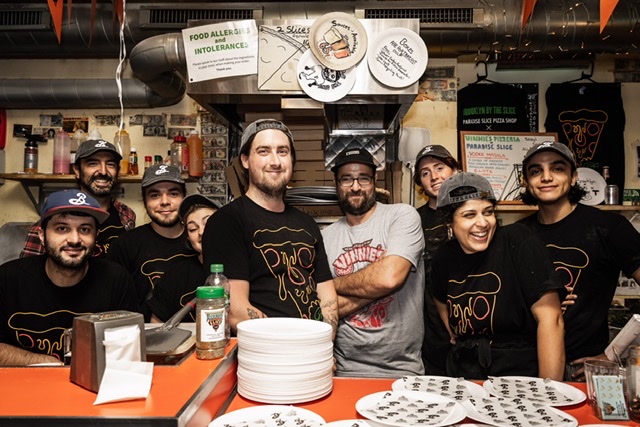
the family circa 2019
pulling pizza has an rhythm to it. you can take your time, gently stretching the dough out evenly, gently pocketing and lavishly flouring the board, but the timer will always catch up to you. topping is fairly routine but you’re always against the clock, too slow and the pizza sticks to the board and good luck getting any type of circle from it, no matter how many touch ups you do in the oven (a risky experience that more often then not, leaves you with small contact burns, best to be avoided). after a while though, that time sinks into your movements, becomes so natural to your body its like a rehearsed dance around your station.
at the time, i was working four days weeks cut into early and late shifts, often finishing my early shifts at 5/6pm, grabbing my 3 large bags of equipment and setting off to the other side of london for rehearsals of whatever dance piece i was working on at the time. getting home at 1 or 2am, after a straight 4 hours of rehearsal, i was always moving, constantly a flurry of motion, rarely sitting still apart from those rare mornings on the weekend reading on the sofa. likely my relation between dancing and cooking was forged in the synchronicity and lack of processing time going from cooking to dancing, with barely time to breathe.
the balance was physically and mentally exhaustive, leaving me achy, underslept, underpaid and hungover. even so, i miss the tempo of it a lot. the way your body just moves around performing complex actions without so much as a thought sent in its direction.
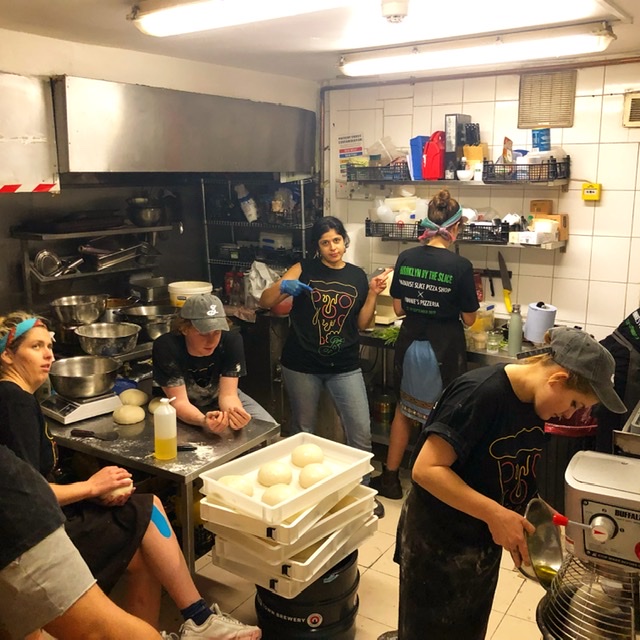
dough prep
paradise slice was heavily inspired by the new york lower east side tradition of italian slice shops, so much so specialist ingredients were brought in to make it taste athentic to the ny tradition. the slight difference being the freedom we were allowed in kitchen. after a certain point you were free to try out any combination you wanted (pending the approval of your shift crew and the limitations of whatever we needed to use by the end of the day). the crew themselves were a jumbled bunch of artists, musicians, skaters and students, non of whom had learnt to make pizza before, but left being able to pull a 20inch pizza base with their eyes shut.
my own time to leave came in 2019. looking for something with more stable hours, better pay and tangentally related to art, i took a job as a videographer at a local gallery. i returned once to work an event and catch up with my old colleagues but was sadly too late to return as a customer before paradise shut in 2020, a victim of raising rent prices and the damage COVID19 and a lack of proper governmental protections did to the service industry.
i’ll always remember those times, though the synchronicity with which i moved through kitchen and the rehearsal space, and in my facination in how we move through comfortable and uncomfortable space.
24.11.2024 - i miss the kitchen